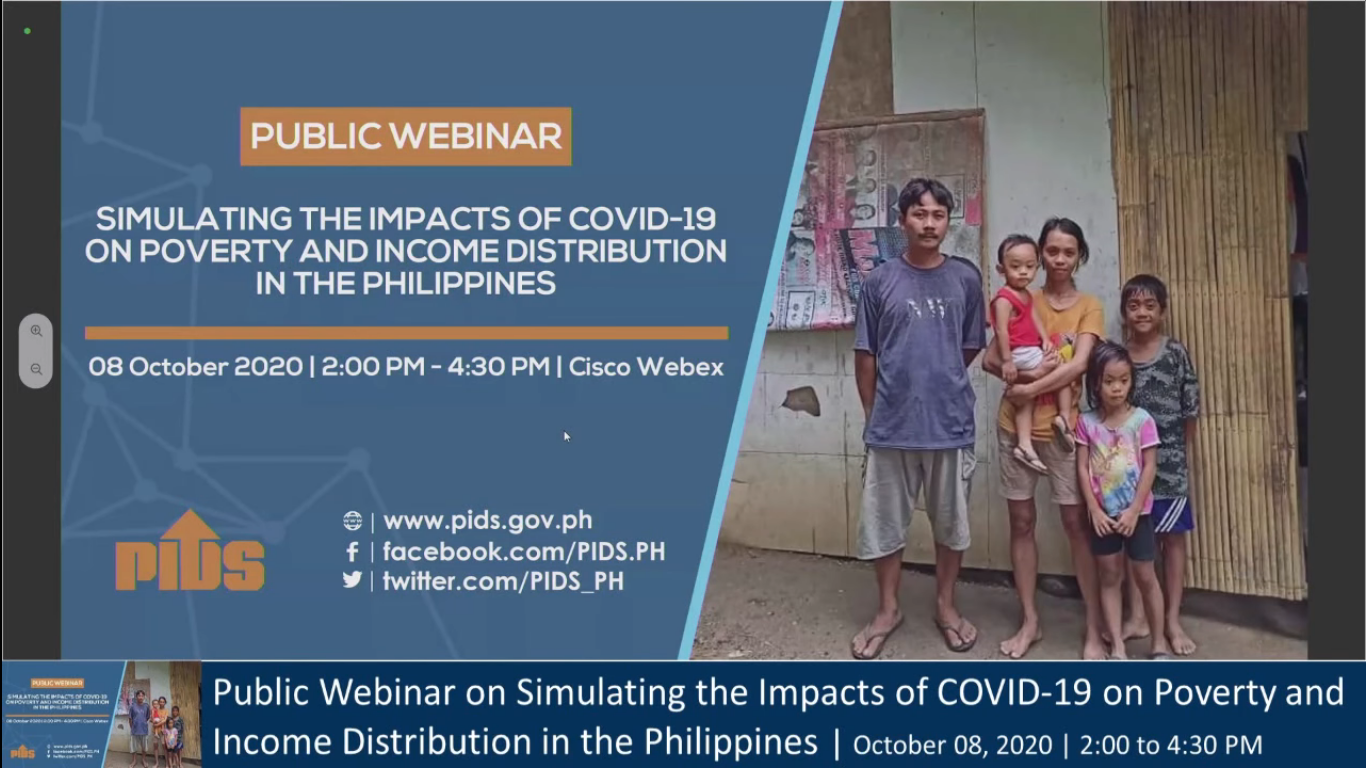The world was making great strides towards improving income inequality until the Wuhan virus struck in 2020.
Data from the World Bank show a remarkable improvement in reducing global poverty rates from the years 2010 to 2019. At the close of 2019, the number of people living in extreme poverty dropped to just 640 million, more than half of what it was in 2010. Incidents of poverty would have dropped further to 590 million in 2022 if not for the contagion. Sadly, the trend reversed and those living in hunger surged anew to 738 million people today.
This is how income is distributed globally. About 1.2 percent of households are categorized as “wealthy” having a net worth of $1 million or more. Meanwhile, 11.8 percent are moderately wealthy with a net worth between $100K to $1 million. The middle class, or those with a net worth of between $10K to $100K, comprise 33.8 percent of the global population. The greater majority, or 53.2 percent, have a net worth of zero to less than $10K.
Inequality is not a bad thing – it is in fact a natural phenomenon. This is because industrialists and entrepreneurs exist in every country. They are the brave few who risk land and capital and assume the burden of labor costs to produce goods and services. They are the first to generate wealth – a reward for their risk and industry. Having a group of wealthy individuals is a good thing for as long as they invest in productive enterprises or in instruments like stocks, bonds and savings accounts. From their investments come job opportunities, capital formation and taxes for government, all of which contribute to wealth generation for all.
Even copious spending by the rich is favorable. Frivolities like yachts and beach homes create a ripple effect of economic benefits that include sales for vendors and subcontractors, jobs and more taxes for government.
The worst the rich can do is to take their money overseas where it serves no one in the homeland. Equally damaging is when wealth is plundered from the state. This is because state funds are primarily used to grant opportunities to the poor. When state funds are plundered by privileged politicians, the poor are deprived of advancement opportunities. Inequality is exacerbated.
As mentioned earlier, great strides were made between 2010 to 2019 in narrowing the inequality gap. The reason for this is the rapid growth of formerly poor but populous nations. These include Vietnam, Indonesia and the Philippines.
Income inequality in the Philippines
How does the Philippines stand in terms of income inequality?
Economists gauge income inequality through a mathematical expression called the GINI Coefficient. The GINI Coefficient is a number between zero to 100 percent, zero being a population where wealth is perfectly distributed and 100 percent when inequality is most acute. The higher the quotient, the higher the inequality.
The Philippines has the highest GINI Coefficient among ASEAN’s six largest economies at 41.58 percent. Malaysia follows at 39.37 percent. Indonesia is at 38.33 percent. Vietnam is at 35.58 percent. Singapore is at 35.58 percent and Thailand is at 34.55 percent. For context, Slovenia has the world’s most equally distributed wealth with a GINI Coefficient of 24.6 percent.
The poverty line in the Philippines is pegged at P10,481 per month for a family of five. The Philippine Institute for Development Studies reported that 22 percent of Filipino households were living below the poverty line as of 2021. Households earning between P10,481 to P20,962 are considered low income and they constitute 35 percent of all households.Together, these two classes comprise 57 percent of the population.
The lower and upper middle classes earn between P20,962 to P125,772 per month and they make up 40 percent of the population. Households that earn between P125,772 and P209,620 are considered upper class and they comprise 2 percent of the population. Less than 1 percent, or some 143,000 families, are considered rich with a monthly income of P209,620 or more.
Income inequality is a source of social tension. In a society like ours where the poor constitute 57 percent of the population, government naturally appropriates the lion’s share of its resources towards this sector. The middle class is crowded out and deprived of safety nets. The middle class is where discontent is greatest and tension is highest. History shows that in most societies with acute income inequality, the call for social change, through revolutions, are instigated by the middle class.
* * *
When you think about it, industrialists and entrepreneurs who re-invest in the country are heroes for the economic opportunities they create. Even more so when they make a conscious effort to aid the disadvantaged through philanthropic programs.
Ambassador Benedicto Yujuico is one such industrialist. The Yujuicos were the family behind Gentex Corporation, Asia’s most advance textile mills in the 60’s and 70’s. Even as smuggling and corruption killed the textile industry, including Gentex, Yujuico continued to invest in the Philippines despite immense challenges. His investments today span property development, technology and finance.
Yujuico has a soft spot for the national police. He chaired the Regional Advisory Group for Police Transformation and Development for many years with the goal of reforming, empowering and improving the force. He is also the chairman of the Bayaning Pulis Foundation.
A few weeks ago, Yujuico awarded educational grants to 23 dependents of fallen police heroes from across the country.
In his speech, Yujuico stressed that these scholarships are not merely financial aid. They represent a commitment to the families left behind by slain police officers whose children must grapple with the challenges of pursuing an education. The scholarships granted by the Bayaning Pulis Foundation enable these young minds to pursue their dreams whilst empowering them to become leaders, thinkers and contributors to our communities.
Industrialists who invest in local industries without political favor and those that help develop our youth are the heroes of our generation.










